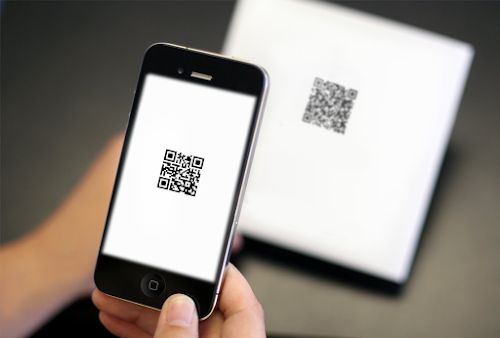What is Li-Fi?
Li-Fi is the short form for Light Fidelity. Li-Fi is a wireless communication technology which uses light to transmit data between devices.In its present state only LED lamps can be used for transmission of visible light.
Who introduced the concept of Li-Fi?
Li-Fi was first introduced by a German Mobile communication Professor Harald Hass in 2011 during TED Talk in Edinburg.
How Does It Work?
Li-Fi is a visible light communication system that is capable of transmitting data at high speeds over the visible light spectrum,ultraviolet,and infrared radiation.In terms of use it is similar to Wi-Fi.The key difference between Wi-Fi and Li-Fi is that Wi-Fi uses radio frequency to transmit data while
Li-Fi uses Light.
Using light to transmit data allows Li-Fi to offer several advantages like working across higher bandwidth, working in areas susceptible to electromagnetic interference (e.g. aircraft cabins, hospitals) and offering higher transmission speeds.The technology is actively being developed by several organizations across the globe.
Li-Fi uses Optical wireless communication(OWC) technology.The OWC technology uses light from light emitting diode(LED) as a medium to deliver high speed communication to mobile and other devices.
Visible Light Communications (VLC) is used in the LEDs used for Li-Fi.Visible Light Communication works by switching the current to the LEDs off and on at a very high rate ,so quick that human eye cannot notice it.Although Li-Fi LEDs need to be kept always on but can be dimmed to very low level of brightness.The light waves cannot penetrate through walls which makes its range very short,though more secure from hacking.Direct Line of Sight is not necessary to transmit a signal,light reflected of walls can give speeds of 70mbps.
Li-Fi has advantage of being useful in electromagnetic sensitive areas like aircraft cabins ,hospitals,nuclear power plants.The Li-Fi has a visible light spectrum which is 10,000 times larger than larger radio frequency.Li-Fi is expected to be ten times cheaper than Wi-Fi.
Li-Fi Speeds
Researchers have found out the Li-Fi can attain speeds upto 224Gbit/s .In 2014 test that were conducted could achieve speeds upto 10 Gbps.
Applications of Li-Fi
Li- Fi has various applications in various sectors.
Security
In contrast to radio frequency waves used by Wi-Fi, lights cannot penetrate through walls and doors. This makes it more secure and makes it easier to control access to a network. As long as transparent materials like windows are covered, access to a Li-Fi channel is limited to devices inside the room.
Underwater Applications
Most remotely operated underwater vehicles (ROVs) are controlled by wired connections. The length of their cabling places a hard limit on their operational range, and other potential factors such as the cable's weight and fragility may be restrictive. Since light can travel through water, Li-Fi based communications could offer much greater mobility. Li-Fi's utility is limited by the distance light can penetrate water. Significant amounts of light do not penetrate further than 200 meters. Past 1000 meters, no light penetrates.
Hospital
Many treatments now involve multiple individuals, Li-Fi systems could be a better system to transmit communication about the information of patients. Besides providing a higher speed, light waves also have little effect on medical instruments and human bodies.
Vehicles
Vehicles could communicate with one another via front and back lights to increase road safety. Street lights and traffic signals could also provide information about current road situations.
Industrial Automation
Anywhere in industrial areas data has to be transmitted, Li-Fi is capable of replacing slip rings, sliding contacts and short cables, such as Industrial Ethernet. Due to the real time capability of Li-Fi (which is often required for automation processes) it is also an alternative to common industrial Wireless LAN standards.
Stay Tuned For More articles like these and hit the subscribe button to get notified whenever i post a new article.





Comments
Post a Comment